
Trapped inside the thick and spiny flesh of a pineapple is a fruit filled with a delicious tropical flavor, vitamin C and bromelain. While the flesh of the fruit makes a delicious snack or dessert, a wonderful addition in salads and a flavorful garnish on ham, the spiny skin can provide a delicious beverage. Instead of tossing the skin into the garbage or composting pile, give it a boil and and reap its benefits.
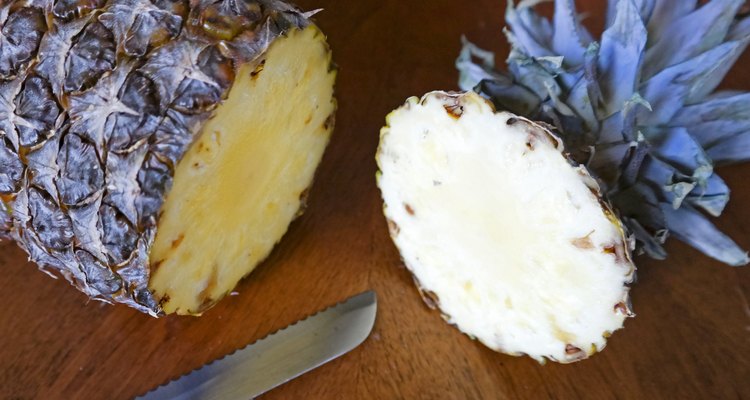
Rinse the pineapple under cool water to remove any dirt or debris on the skin. With the pineapple on a cutting board, use a serrated knife to remove the crown from the top of the pineapple. Then, starting from the top, follow the natural curve of the pineapple and cut away the skin. Set the skin aside and cut or save the pineapple flesh as desired.
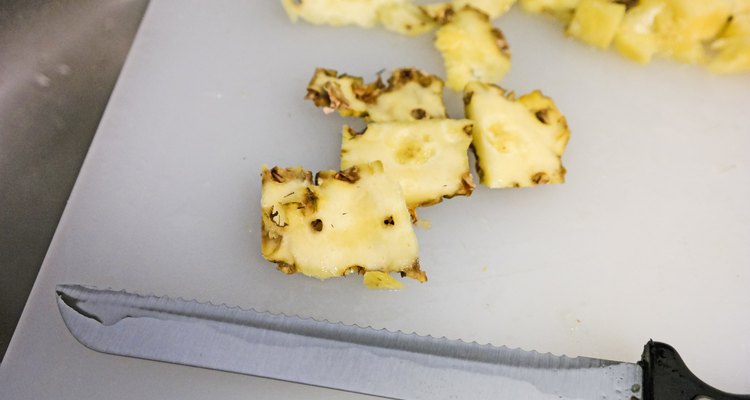
Cut the slices of skin into smaller chunks and place them in a large pot. Add enough water to cover all skins. Place the pot on the stove over high heat and bring it to a boil. Once boiling, reduce the heat to medium, cover the pot and allow the skins to simmer for at least 20 minutes.
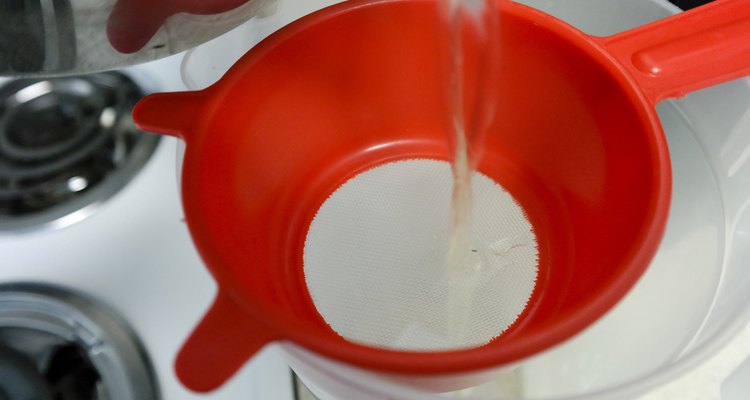
Place a colander in a large bowl and pour in the contents of the pot to strain the liquid. Transfer the liquid into a large pitcher and let it cool to room temperature. Once cool, cover the pitcher and refrigerate for up to 2 days.
Related Articles
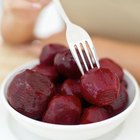
How to Boil Beetroot
How to Freeze Papaya

Peeling the Spiny Chayote Squash
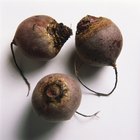
How to Remove Skin From Beets

How to Keep Pineapple From Browning
What Fruits Have Edible Peelings?

How to Blanch Tomatillos

How to Peel Plastic From Sausages

How to Preserve Mangoes

How to Fully Cook a Hickory Smoked Ham

How to Freeze a Prickly Pear Cactus

How to Puree Peaches

The Carbohydrates in Blueberries

How to Hide the Appearance of a Shaving ...

How to Juice a Daikon Radish

How to Make Collard Greens With Smoked ...

How to Pluck Your Upper Lip With ...

How to Put in a Curved Nose Ring
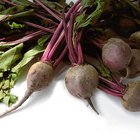
How to Roast Beetroot

Vitamin C & Boils
References
Tips
- For a sweeter juice, add sugar when serving if desired.
Warnings
- Allow the pineapple skin juice to cool completely before straining. Hot liquid can splash during the straining process, causing serious burns.
Writer Bio
Deborah Lundin is a professional writer with more than 20 years of experience in the medical field and as a small business owner. She studied medical science and sociology at Northern Illinois University. Her passions and interests include fitness, health, healthy eating, children and pets.
Photo Credits
Michelle Black/Demand Media